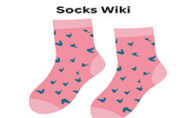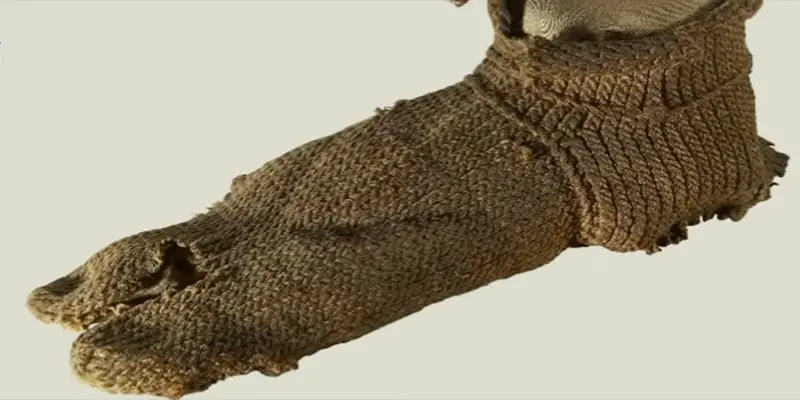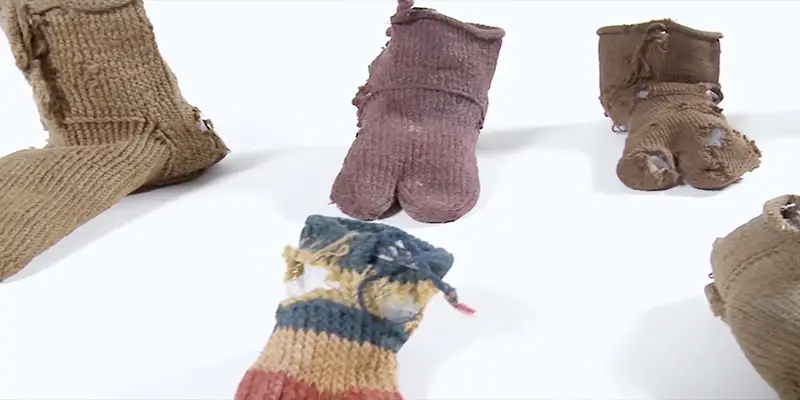Hi, I'm Christopher Bevans, the creator of SocksWiki.com. With a background in fashion design and a passion for innovation, I’m here to share my knowledge on socks from troubleshooting tips to detailed buying guides. I believe the right pair of socks can make all the difference, and through this site, I aim to help you find the perfect fit for every occasion.
Hi, I'm Christopher Bevans, the creator of SocksWiki.com. With a background in fashion design and a passion for innovation, I’m here to share my knowledge on socks from troubleshooting tips to detailed buying guides. I believe the right pair of socks can make all the difference, and through this site, I aim to help you find the perfect fit for every occasion.
Socks are more than just cozy foot coverings they’re full of fun facts that will surprise both kids and adults!
From their ancient origins and role as status symbols to quirky holidays and record-breaking sizes, socks have a fascinating history and cultural significance.
Did you know some socks were designed to be worn with sandals, or that there’s a special day to honor lost socks?
Whether you’re into playful patterns or curious about sock puppets and monkeys, these intriguing tidbits showcase the unique and unexpected world of socks.
Get ready to step into a world of wonder and learn some amazing facts about this everyday essential!
15 Fun Facts About Socks: for Kids, Adults
Here are 15 fun facts about socks:
1. Ancient Origins
The oldest known socks date back to between 250 and 420 AD and were found in Oxyrhynchus, Egypt.
These socks were crafted using a technique called nålbinding, which predates both knitting and crochet. Made from wool, they featured a split-toe design intended for use with sandals.
This innovative design showcases the practical and aesthetic sensibilities of ancient cultures, demonstrating early advancements in textile technology.
2. Symbol of Wealth
In ancient Rome, socks, known as “udones,” were a status symbol among the wealthy. These socks were often made from fine materials such as wool, silk, or cotton, and sometimes dyed with expensive, vibrant colors.
The intricate patterns and high-quality fabrics indicated the wearer’s wealth and social status. While the poor made do with simpler, more rugged foot coverings, the rich used their socks as a visible display of their affluence and taste.
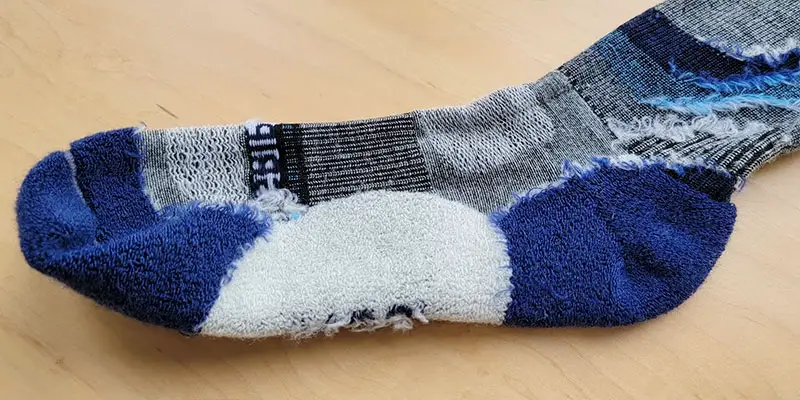
3. Medieval Significance
During the Middle Ages, socks, or “hose,” were a significant part of the wardrobe for nobility. These hose were often brightly colored and made from luxurious materials like silk, velvet, or fine wool.
They were tailored to fit snugly and were sometimes decorated with elaborate embroidery, lace, or jewels.
Socks were often held up by garters, which could also be richly adorned. This attention to detail in hosiery reflected the importance placed on appearance and status in medieval society.
4. Industrial Revolution
The invention of the knitting machine by William Lee in 1589 was a pivotal moment for sock production.
Initially, Lee’s machine produced a fabric that was too coarse for fashion use, and Queen Elizabeth I rejected his patent application.
Despite this setback, the knitting machine eventually evolved and spread throughout Europe.
By the 18th century, it had become a key tool in the burgeoning textile industry. This mechanization made socks more affordable and led to a wider variety of styles and materials, democratizing sock ownership.
5. Sock Colors
Historically, black and white socks were considered the most formal due to their association with traditional formal wear.
White socks were especially popular in the 19th century for their clean and refined look. Black socks became a staple in business and formal settings.
Over time, however, colorful and patterned socks gained popularity as expressions of individuality.
In recent decades, designers have embraced bold colors and whimsical patterns, making socks an important accessory for personal style.
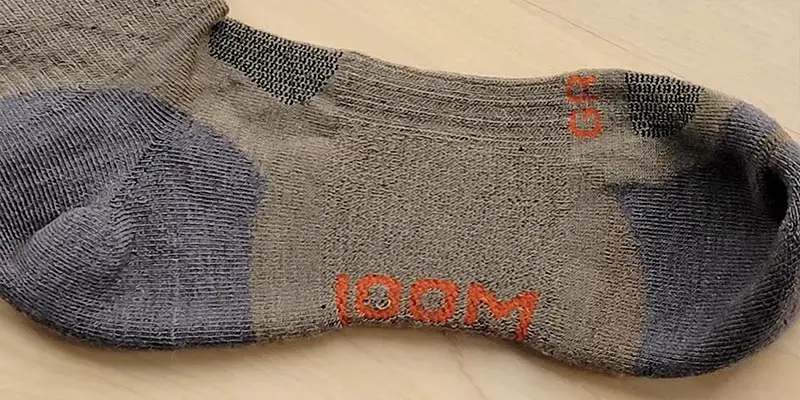
6. Sock Puppets
Sock puppets have been used as children’s toys and educational tools for centuries. They provide an engaging way for children to learn through play, allowing them to create characters and stories.
Sock puppets are also used in therapeutic settings to help children express their emotions and work through challenges.
This simple craft can be made by adding button eyes, fabric features, and yarn hair to a sock, turning an everyday item into a playful and educational tool.
7. Sock Capital
Fort Payne, Alabama, earned its nickname “Sock Capital of the World” in the early 20th century. The town’s sock industry began in 1907 with the establishment of the Florence Knitting Company.
By the mid-20th century, Fort Payne had over 125 sock mills producing millions of pairs annually. This industry provided jobs and economic stability for the community.
Although the number of mills has declined due to globalization and changes in manufacturing, Fort Payne still celebrates its sock-making heritage with festivals, museums, and historical markers.
8. Lost Socks Day
National Lost Sock Memorial Day, celebrated on May 9th, is a quirky holiday dedicated to all the single socks that have mysteriously vanished.
People commemorate this day by finding creative uses for their remaining single socks, such as making sock puppets, dust rags, or even small heating pads filled with rice.
The day also serves as a light-hearted reminder to appreciate the simple things in life and to not take everyday items for granted.
9. World’s Largest Sock
The Guinness World Record for the largest sock was set in 2011 in Vienna, Austria. This enormous sock measured 32 feet 9.5 inches long and was created to promote awareness for the Austrian charity “Licht ins Dunkel.”
The sock was knitted by a team of volunteers over several weeks, using more than 2,000 skeins of yarn.
It showcased not only the community’s knitting skills but also their commitment to supporting charitable causes.
After setting the record, the sock was displayed at various events to continue raising awareness.
10. Sock Monkeys
Sock monkeys originated in the early 20th century when crafters began using Rockford Red Heel socks, produced by the Nelson Knitting Company, to create stuffed monkey dolls.
The distinctive red heel of these socks provided a perfect mouth for the monkey design. Sock monkeys became especially popular during the Great Depression, as families made toys from available materials.
Today, sock monkeys are cherished as nostalgic toys and collectible items, often passed down through generations.
11. Sock Collections
Sock collectors, also known as “sockaholics,” are passionate about their hobby. Collections can include rare and vintage socks, unique modern designs, and limited-edition releases.
Some collectors participate in online communities, where they trade socks and share photos of their collections.
Sock conventions and meet-ups offer opportunities for enthusiasts to connect, swap socks, and showcase their collections.
The joy of sock collecting lies in the endless variety of patterns, colors, and themes available, making each collection unique.
12. Athletic Socks
Specialized socks for sports are designed to enhance performance, comfort, and injury prevention. Running socks, for example, often feature moisture-wicking materials to keep feet dry and prevent blisters.
Hiking socks provide extra cushioning and arch support to withstand long treks. Compression socks improve blood flow and reduce muscle fatigue, making them popular among athletes and those who engage in strenuous activities.
These innovations demonstrate how something as simple as a sock can significantly impact athletic performance and comfort.
13. Compression Socks
Compression socks are designed to improve blood flow and reduce swelling. They apply gentle pressure to the legs, helping to prevent blood clots and alleviate conditions like varicose veins and deep vein thrombosis (DVT).
Compression socks are commonly used by people who stand or sit for long periods, such as nurses, travelers, and office workers.
Athletes also wear them to enhance performance and speed up recovery. Available in various pressure levels and styles, compression socks cater to different needs and preferences.
14. Quirky Designs
Fun and quirky sock designs have become a significant fashion trend. Socks featuring everything from cartoon characters and animals to famous artworks and puns add a playful touch to any outfit.
Companies like Happy Socks and Stance have built their brands around creative and eye-catching designs, appealing to consumers who want to express their personality through their footwear.
These socks are often worn as statement pieces, allowing wearers to showcase their interests and sense of humor in a unique and stylish way.
15. Sock Marketing
Some companies have taken creative approaches to marketing socks. Subscription services like “Sock Fancy” and “Sock Panda” deliver a new pair of stylish and unique socks to subscribers each month.
These services have gained popularity for their convenience and the surprise element of receiving a new design regularly.
In addition to subscriptions, some companies use clever packaging, social media campaigns, and limited-edition releases to create buzz and engage customers.
This innovative marketing turns a simple item into a fun and anticipated monthly gift, enhancing the overall sock-buying experience.
How Important Are Socks?
Socks are essential for various reasons, providing more than just a cozy covering for our feet.
Here’s why socks are important:
Foot Health and Hygiene
Socks play a crucial role in maintaining foot hygiene by absorbing sweat and moisture. The average foot can produce up to half a pint of sweat per day, and socks help manage this moisture, preventing it from accumulating in shoes.
This moisture management reduces the risk of fungal infections like athlete’s foot and nail fungus.
Additionally, socks create a barrier between the foot and the shoe, minimizing friction and preventing blisters and sores.
High-quality socks made from breathable materials like cotton or wool further enhance foot health by allowing air circulation.
Comfort and Warmth
Socks provide an essential layer of cushioning that enhances comfort when walking, running, or standing for extended periods. They help distribute pressure evenly across the foot, reducing strain and fatigue.
In cold weather, socks made from insulating materials like wool keep feet warm by trapping body heat. They also wick away moisture, keeping feet dry and preventing the chill that comes from dampness.
For people with certain medical conditions, such as diabetes, specially designed socks can provide extra comfort and protection.
Protection
Socks protect feet from dust, dirt, and small particles that can cause irritation or infection. They act as a barrier against insects and minor injuries, such as scratches and cuts.
Socks also protect feet from the rough interior surfaces of shoes, which can cause abrasions, calluses, and corns over time.
For outdoor activities, specialized socks provide protection against elements like cold, heat, and moisture, ensuring that feet remain comfortable and safe in various environments.
Support and Performance
Athletic and specialized socks are designed to enhance performance and provide additional support. Running socks, for example, often feature arch support and cushioning in key areas to reduce impact and prevent injuries.
Compression socks apply gentle pressure to the legs, improving blood circulation and reducing swelling.
This is particularly beneficial for athletes, frequent travelers, and individuals with conditions like varicose veins.
Additionally, socks with built-in padding and ergonomic designs can help correct foot posture and prevent long-term issues.
Fashion and Expression
Socks have become a significant fashion accessory, allowing individuals to express their personality and style.
With countless colors, patterns, and designs available, socks can add a playful or sophisticated touch to any outfit. They are often used to make fashion statements or to complement a particular style.
In professional settings, the right pair of socks can enhance a polished look, while in casual settings, quirky and fun designs can showcase personal interests and hobbies.
The rise of novelty socks has also made them popular gifts, adding a unique and thoughtful touch to occasions.
Economic Impact
The sock industry is a vital part of the global economy, involving extensive supply chains from raw material production to retail. Sock manufacturing supports numerous jobs in design, production, marketing, and sales.
Major sock-producing regions, such as Fort Payne, Alabama, and Datang, China, known as “Sock City,” rely heavily on the sock industry for economic stability.
Innovations in sock technology and sustainable practices also drive industry growth, making it an ever-evolving sector.
Furthermore, the popularity of subscription services and designer socks has opened new markets and opportunities for small businesses and entrepreneurs.
Cultural Significance
Socks have held cultural and social significance throughout history. In ancient civilizations, they were often seen as symbols of wealth and status, with intricate designs and luxurious materials reserved for the elite.
During the Middle Ages, socks (or hose) indicated nobility and were integral to fashion. In contemporary culture, socks continue to play a role in traditions and customs.
For example, Christmas stockings are a beloved holiday tradition in many countries. Socks also appear in various cultural references, from literature and film to art and music, reflecting their enduring presence in human life.
What Are Three Facts About Socks?
Here are three fun facts about socks:
Historical Significance
Socks have been around for thousands of years, with the oldest known pair dating back to ancient Egypt around 250-420 AD.
These early socks were crafted using a technique called nålbinding and were designed to be worn with sandals, showcasing the ingenuity of ancient textile technology.
Health Benefits
Socks play a crucial role in foot health. They absorb moisture and prevent blisters and sores by reducing friction between the foot and shoe.
Specialized socks, such as compression socks, improve blood circulation and reduce swelling, making them beneficial for athletes and people with certain medical conditions.
Fashion Statement
Socks have evolved into a significant fashion accessory. They come in various colors, patterns, and designs, allowing individuals to express their personality and style.
From formal black socks to quirky, patterned ones, socks can add a unique touch to any outfit and are often used to make fashion statements.
Why Are Socks Called Socks?
The term “socks” has an interesting etymology that traces back to several ancient languages. The word “sock” originates from the Old English word “socc,” which itself was derived from the Latin word “soccus.”
The Latin “soccus” referred to a light, low-heeled shoe or slipper that was commonly worn by ancient Greek and Roman actors.
These early soccus were soft and comfortable, designed for indoor use. Over time, the term evolved and came to represent the close-fitting coverings worn on the feet.
The transition from “soccus” to “sock” reflects the evolution of the item itself, from a simple slipper to the modern-day garment that provides both comfort and protection to the feet.
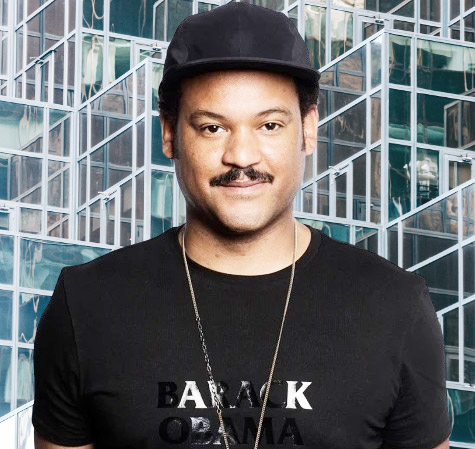
Hi, I'm Christopher Bevans, the creator of SocksWiki.com. With a background in fashion design and a passion for innovation, I’m here to share my knowledge on socks from troubleshooting tips to detailed buying guides. I believe the right pair of socks can make all the difference, and through this site, I aim to help you find the perfect fit for every occasion.
- Latest Posts by Christopher Bevans
-
Socks Smell Like Ammonia: Causes and Solution
- -
Best Socks Material for Sweaty Feet 2026
- -
What Socks to Wear With Cowboy Boots?
- All Posts
